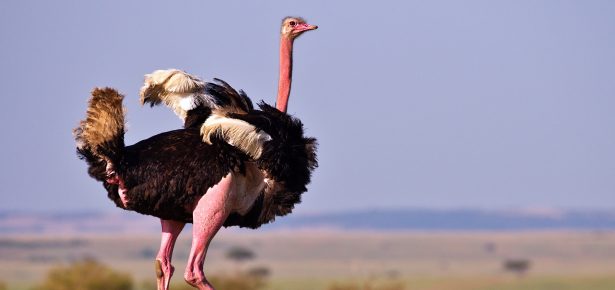
Photo by Catherine Merlin on Unsplash
“Evolution is a fact of life” scientists tell us. “Evolution best explains both the unity and the diversity of life” they continue. Both the marvelous adaptations that organisms exhibit and their striking similarities are explained by evolution. But then why do so many people around the world not accept evolutionary theory (at least compared to other scientific theories)?
Some say it is religious sentiment. If people accept evolution, then humans are nothing special, and hold no special place in this world. It could be the case. Indeed, some see evolution as a nihilistic idea that deprives life from purpose and meaning. But it does not have to be so. For many people see a compatibility between evolution and religious belief. Perhaps evolution is the means that God used to create our world? Well, we cannot know for sure. But this is not the big problem, in my view. The big problem is that evolutionary theory is counter-intuitive and therefore not so easy for people to understand.
Consider this question: “Why do birds have wings?” Ask as many people as you want, and the most likely answer you will receive is “In order to fly”. “Why do eagles have wings?” Same answer here. If you are thinking that I may be wasting your time here, well I am not. Now consider the question: “Why do penguins have wings?” Well, they are birds, aren’t they? But they cannot fly. “But they can swim” you will think. “Penguins have wings in order to swim. OK. But then what would your answer be to the question: “Why do ostriches have wings?”
Here lies the problem. If I had asked you why airplanes have wings, the answer would be that they have wings in order to fly, no matter what kind of airplane I referred to. All kinds of airplanes, whether passenger planes or fighter planes or any kind of airplanes you can think of, have wings in order to fly. The reason for this is that airplanes are artifacts: they have been designed with an intended use in mind, and so they have those features that are necessary to fulfil this use.
This is not at all the case for organisms, and this is why birds exist that use wings to fly, but also ones that use them to swim, or do nothing at all. This happens because birds are not the products of intentional design; rather they are the products of evolution: a natural, unintentional process, which brings about organisms with parts that seem to perform a particular role but also with ones that do not.
Here then lies the problem in understanding evolution. As we grow up surrounded by a lot more artifacts than organisms, we may tend to think of the parts of organisms in the same way that we think about the parts of artifacts; as intentionally designed for a purpose. This artifact-thinking does not apply to organisms. But it is intuitive, and it makes the idea of evolution hard to grasp. The solution? Next time you come across an organism, do not ask “What is this feature for?” This is a valid question for organisms, but one that should come after the question “Why does this feature exist?” The answer to this question will be the same for any feature of any organism: it is the outcome of evolution.
Latest Comments
Have your say!